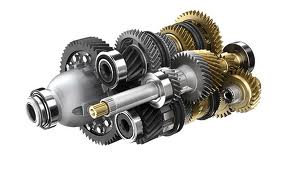What are you going to learn?:
-
Introduction to Mechanisms. Definition and classification
-
Types of Motion
-
Linear Motion Mechanism. Levers. Pulleys
-
Rotatory Motion Mechanisms. Friction Drive. Pulleys with belts. Gear Mechanism and cogwheels. Worm Gear. Gear Mechanisms with a chain
-
Mechanisms that transform motion. Rack and pinion,Nut and bolt, Winch (and crank handle), Crank-link-slider, Crankshaft, Cam and follower, Eccentric cam
Activities that have to be included in the notebook:
-
Levers: Definition and formula
-
Example Activites Page 100
- Pulleys: Definition and classification
-
Example Activities Page 101, 102, 103, 104 and 105
- Characteristics and application of every mechanism
-
Revision activities 3, 5, 7, 8, 9, 15, 16, 17 page 112 and 113
-
Unit summary on page 110
 A mechanism is a device designed to transform input forces and movement into a desired set of output forces and movement. Mechanisms generally consist of moving components such as
A mechanism is a device designed to transform input forces and movement into a desired set of output forces and movement. Mechanisms generally consist of moving components such as